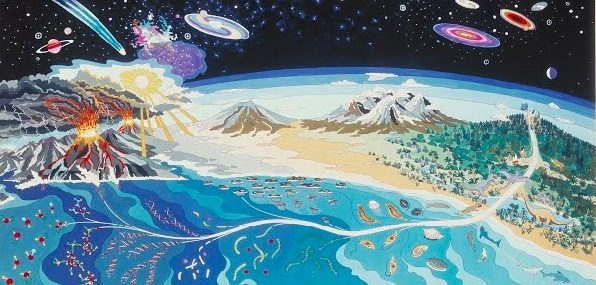Item Link: Access the Resource
File: Download
Publication Info: https://doi.org/10.1098/rstb.2021.0377
Date of Publication: June 27
Year of Publication: 2022
Publication City: London, UK
Publisher: The Royal Society
Author(s): Peter H. Raven
Journal: Philosophical Transactions of the Royal Society - Biological Sciences
Volume: 377, issue 1857
Abstract
The growth of life on Earth over more than 4 billion years has experienced five major extinction events, each followed by a period of rapid increase in species number. When organisms first invaded the land about 480 million years ago, another explosive proliferation of species followed.
Our species, Homo sapiens, appeared some 300 000 years ago, developed agriculture about 11 000 years ago, and grew rapidly to some 7.8 billion people, who are currently consuming about 175% of the sustainable productivity available worldwide. By mid-century (2050), we will have grown to about 9.9 billion.
Wealth is very unequally distributed. Meanwhile, the Earth’s mean temperature has increased by 1.1°C above pre-industrial levels, and we are on track for a total increase of 2.6 to 3.9°C. We are driving species to extinction at a rate unprecedented for the past 66 million years.
These changes promise to be disastrous for the maintenance of civilization. Indeed, our only hope for a sustainable future will be for us to find a way to overcome our unremitting greed at all levels and to love one another while building social justice.
This article is part of the themed issue ‘Ecological complexity and the biosphere: the next 30 years’.
Read the full paper here or download it from the link above.
The views and opinions expressed through the MAHB Website are those of the contributing authors and do not necessarily reflect an official position of the MAHB. The MAHB aims to share a range of perspectives and welcomes the discussions that they prompt.
